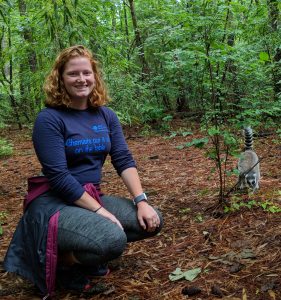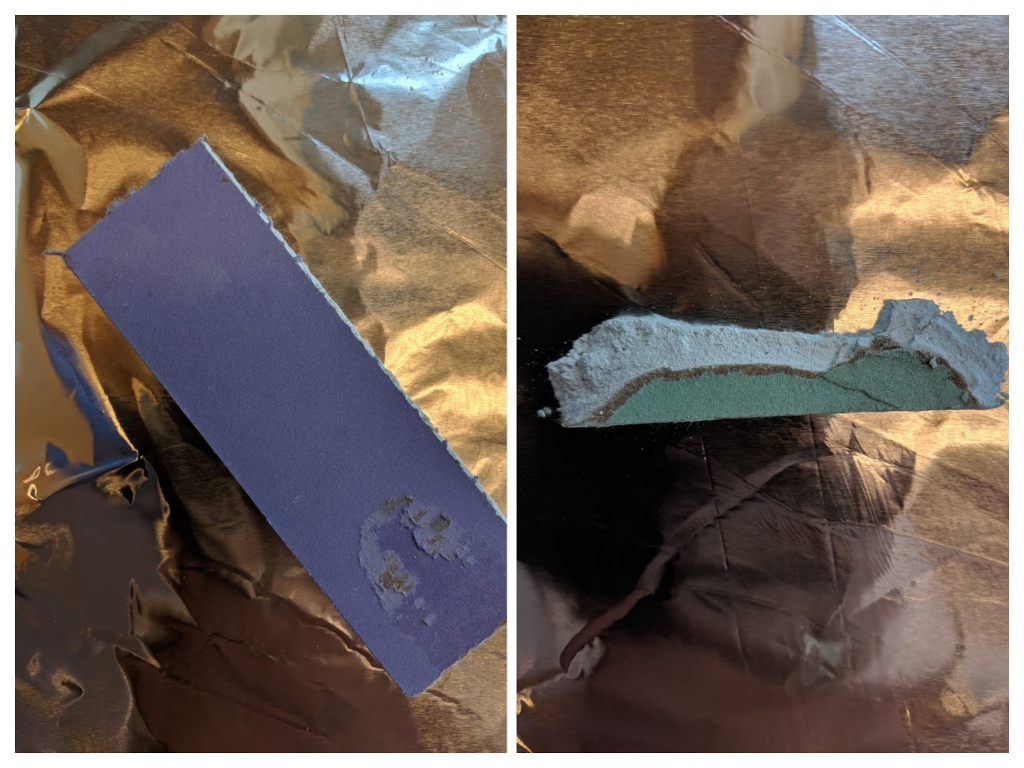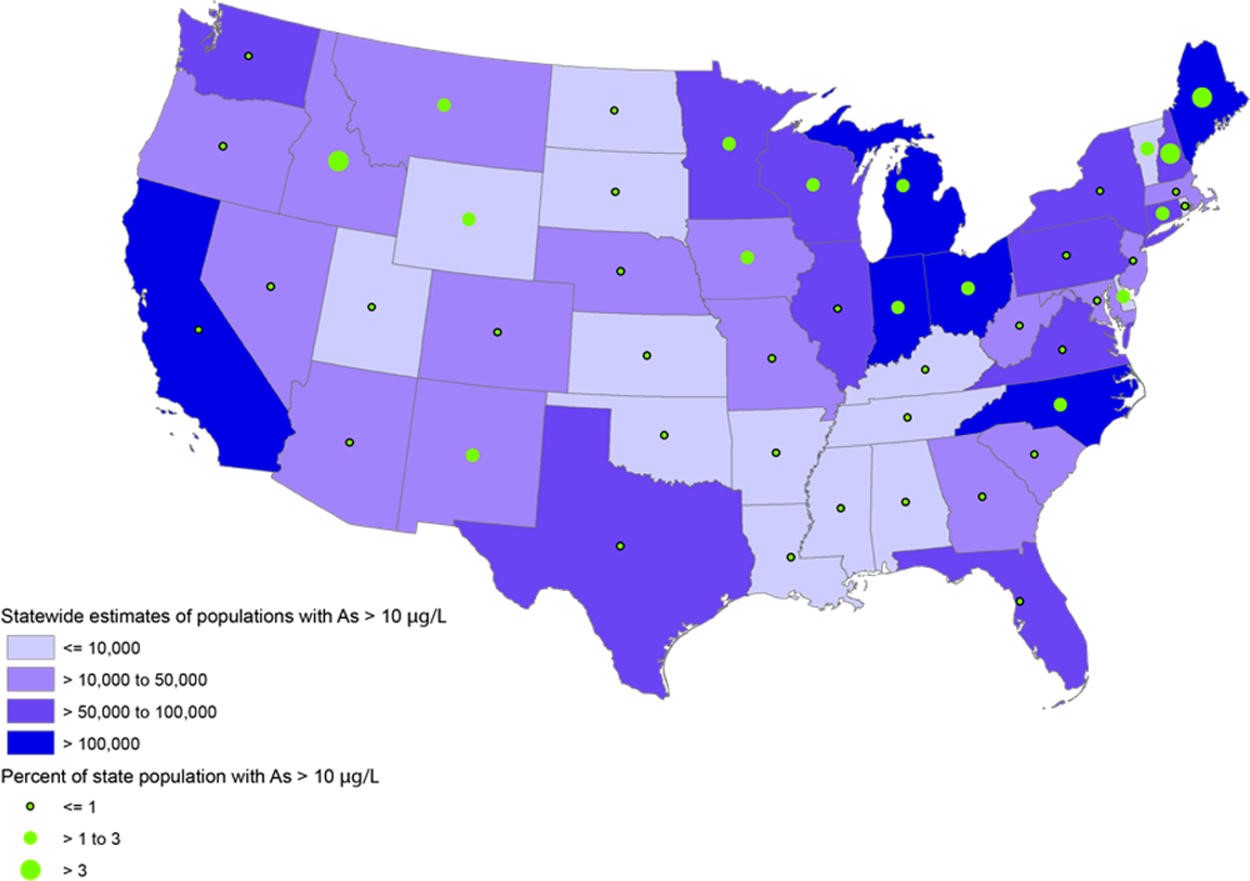By Rosie Rushing, Analytical Chemistry Core Summer Intern

When I first joined the Analytical Chemistry Core (ACC) as an intern this summer, I wasn’t sure which project I would be working on. In fact, the cool thing about the ACC as an intern is that it provides important analyses for most of the basic science research projects at the Superfund Research Center.
In my first few days, I learned all about flame retardants in polyurethane foam. Flame retardants are ubiquitous in indoor environments because they are applied to many different products with the stated purpose of preventing fires. But if you think about flame retardants through an environmental and analytical lens, it becomes apparent that some flame retardants have lasting effects on human health and environment. Exposure risk for many flame retardants is high not only because they are found in everything from child mattresses to couches to desk chairs, but also because as those products age, they emit dust containing flame retardants that accumulates indoors.
Here at the ACC, we help the public understand their exposure by working closely with the Research Translation Core (RTC) to provide a free flame retardant testing service to anyone in the U.S. Residents simply send us a polyurethane foam sample and we test it for seven common flame retardants. Not only does this chemical analysis help scientists at Duke evaluate trends in flame retardant application and use, but it also informs community members of potential exposure risks from consumer products.

While my work for the foam project was crucial for informing the community, the process of extraction and analysis of flame retardants is relatively quick. This left me with some time to take on another project. After meeting with Dr. Heather Stapleton, the ACC director and Co-PI of the Superfund Research Center, I quickly jumped on board another project, this time doing extractions with drywall, instead of foam.
You might be wondering, “Why drywall?” In humid places such as bathrooms, preventing mold on walls can prove very difficult. Thus, anti-molding agents, like the fungicide azoxystrobin, can be added to the drywall. People can be exposed to this fungicide from being near the drywall in their bathrooms. But what about azoxystobin’s toxicity?
In December of 2015, Dr. Pearson’s group at UNC Chapel Hill, found that a group of compounds, the so-called “strobin cluster,” mimicked changes associated with autism, brain aging, and neurodegeneration.1 Given the potential toxic effects of the chemical and plausible exposure pathway, we need to figure out how to extract and analyze the azoxystrobin in drywall samples to determine where and how much azoxystrobin is being added, that is where I came in. Ideally, we can pair our results from drywall samples taken across the U.S. with what is in indoor dust samples and hand wipes to get a better picture of what people are being exposed to.
This summer I worked to develop a method for extraction, analysis, and quantification of azoxystrobin in bathroom drywall samples. So far, the lab has samples from North Carolina, Washington State, Indiana, California, Colorado, Ohio, Pennsylvania, New York, New Jersey, Maryland, and Virginia!

I am thrilled to have worked this summer with such a smart and dedicated group of scientists, and I’m excited to see what happens with this important research. Time really flies when you’re doing what you love, and helping people learn more about their environment and health.
—
You can learn more about the Analytical Chemistry Core here.
Want to see if polyurethane foam in your house contains flame retardants? Lear more about Duke’s testing service here.





